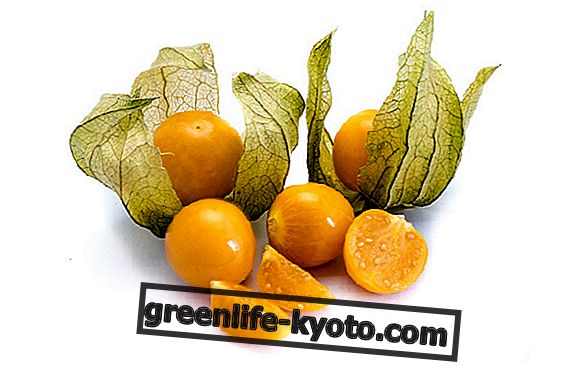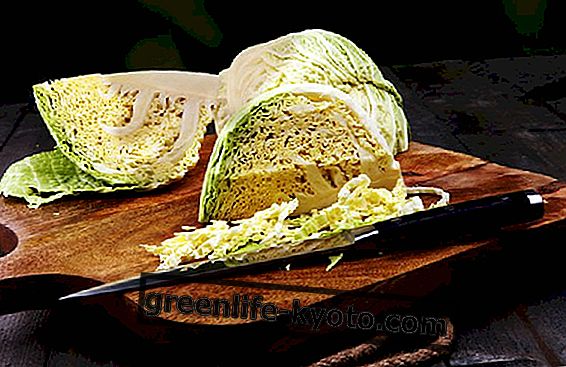
When we talk about antihistamines, not everyone knows what they are unless they have already had to deal with allergy problems.
Antihistamines, as the name suggests, are substances that serve to lower histamine production . So what is histamine ? It is that substance that our body releases in circulation when our body comes into contact with an allergen.
Everything is fine when histamine is in its control regime but when it is too much it triggers excessive reactions with manifestations of redness, burning and itching in the eyes, nose and throat as well as any rashes. These problems are the symptoms of an allergy triggered as a response to an allergenic substance.
Histamine is naturally present in some foods of animal origin such as some fish products, meats and cheeses but also vegetables are involved because some promote the release of histamine in the body and among these we remember strawberries, kiwis, chocolate and tomatoes.
Other foods, on the contrary, are capable of inhibiting the production of histamine in our body and therefore are considered natural antihistamines.
Blackcurrant
Blackcurrant is a natural antihistamine that is very effective in preventing and fighting allergy problems. In a similar way to cortisone it acts by stimulating the production of cortisol, it is a hormone that acts on the immune system and has a function of contrast with histamine.
As a result the allergic reaction with blackcurrant is stopped or slowed down. The most widely used herbal remedy is in the form of a ribmint nigrum gemmoderivative in drops to be taken in a preventive manner and therefore prior to the arrival of the allergy. For example, if we are allergic to pollens that arrive in the spring, we can already start taking ribes nigrum a month beforehand in order to keep the histamine low with the arrival of spring flowering.
The use of this remedy is also suitable for children and has no contraindications. In general it is effective both for allergies to mites, dust, pollen and in extreme cases it can also be used in the acute phase if preventive action was not taken. Ribes nigrum contains a lot of vitamin C which is used to strengthen the immune system which has a key function in this allergy situation.
Perilla oil
This remedy is obtained by pressing the seeds of the Perilla frutescens plant. Perilla oil is rich in vitamin E, phytosterols, polyphenols and essential fatty acids such as omega 3 and a precursor of omega 6.
The presence of antioxidants and flavonoids in perilla oil leads to obtaining a specific action on immunoglobulins thus helping to control the allergic reaction.
Even in cases of asthma but also rhinitis and bronchitis, perilla oil is effective due to its inhibition of leukotriene synthesis precisely because these are responsible for respiratory problems. Perilla is used both for allergies of more seasonal origin such as pollens and for other symptoms such as eczema on the skin, dermatitis or hives.
The substances present in perilla also act on the release of histamine and this action is also fast enough to occur so we need less time before it has its effect. The perilla is usually sold in the form of capsules or pearls which should be taken once or twice a day according to the dosage indicated by the manufacturer.
C vitamin
Vitamin C is used precisely to help support the immune system and also has a direct action to reduce the release of histamine from our body. Vitamin C also improves the micro circulation by promoting vasodilation which is essential to help in case of allergies.
A natural vitamin C supplement therefore becomes an excellent aid to combat allergy problems. Obviously, integrating vitamin C-rich foods into your diet is a much more effective and natural solution. Go ahead for all the fruits rich in citric acid like kiwis, oranges, lemons, pineapples, pomegranates, amla but also vegetables like peppers, ...
Green tea and red tea
Green tea has infinite beneficial properties for our body and is also a natural antihistamine. Its active ingredients such as antioxidants, catechins and quercetin have an action precisely on the release of histamines in the body and therefore tea is a natural antihistamine.
To get benefits from the infusion of green tea it is necessary to drink at least 3 cups a day and remembering not to add sugar. Green tea does not contain caffeine and therefore does not affect the nervous system. This allows you to safely drink this healthy drink without having side effects or contraindications.
Red tea or rooibos is instead another healthy drink that does not contain caffeine and has a completely natural antihistamine action. In a similar way to green tea, 3 cups a day are drunk and can also be taken by children without contraindications or exciting effects.
Chamomile
We all know the infusion of chamomile but perhaps we do not know that besides being a relaxing and anti-inflammatory drink, it is also an excellent natural antihistamine .
A cup of chamomile tea a day helps counteract the allergy. In addition, the chamomile tea can be used as a compress to soothe, burn and inflate red and inflamed eyes.
Even the essential oil of chamomile has a truly excellent antihistamine action and is used in the dose of 3 drops of essence dispersed in 500 ml of water applied as an eye pack for at least 10 minutes.












